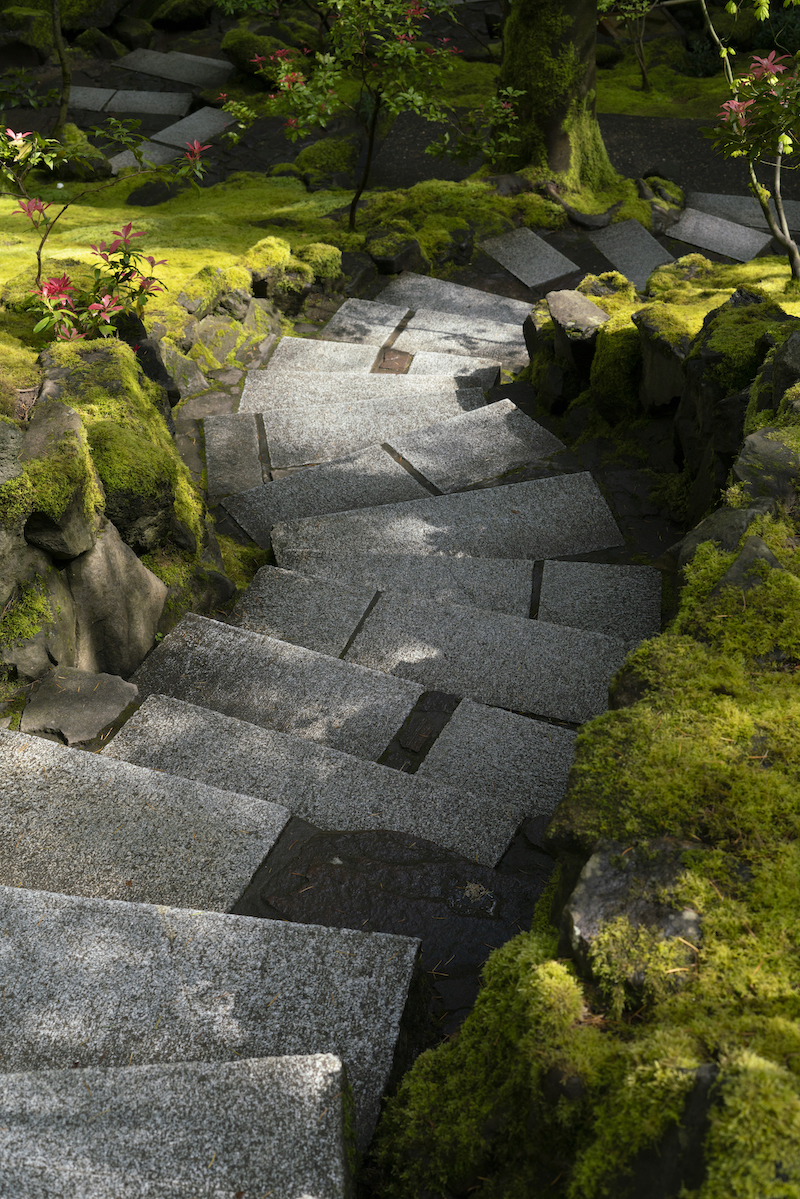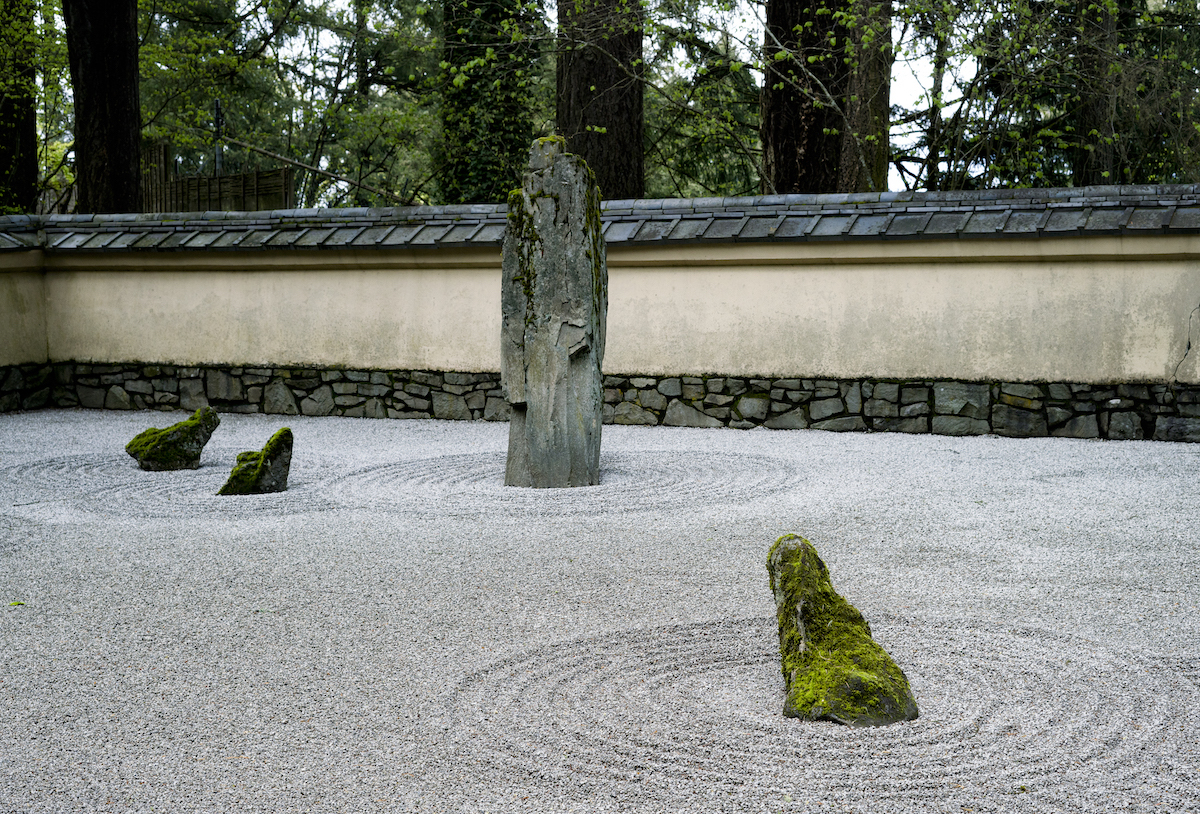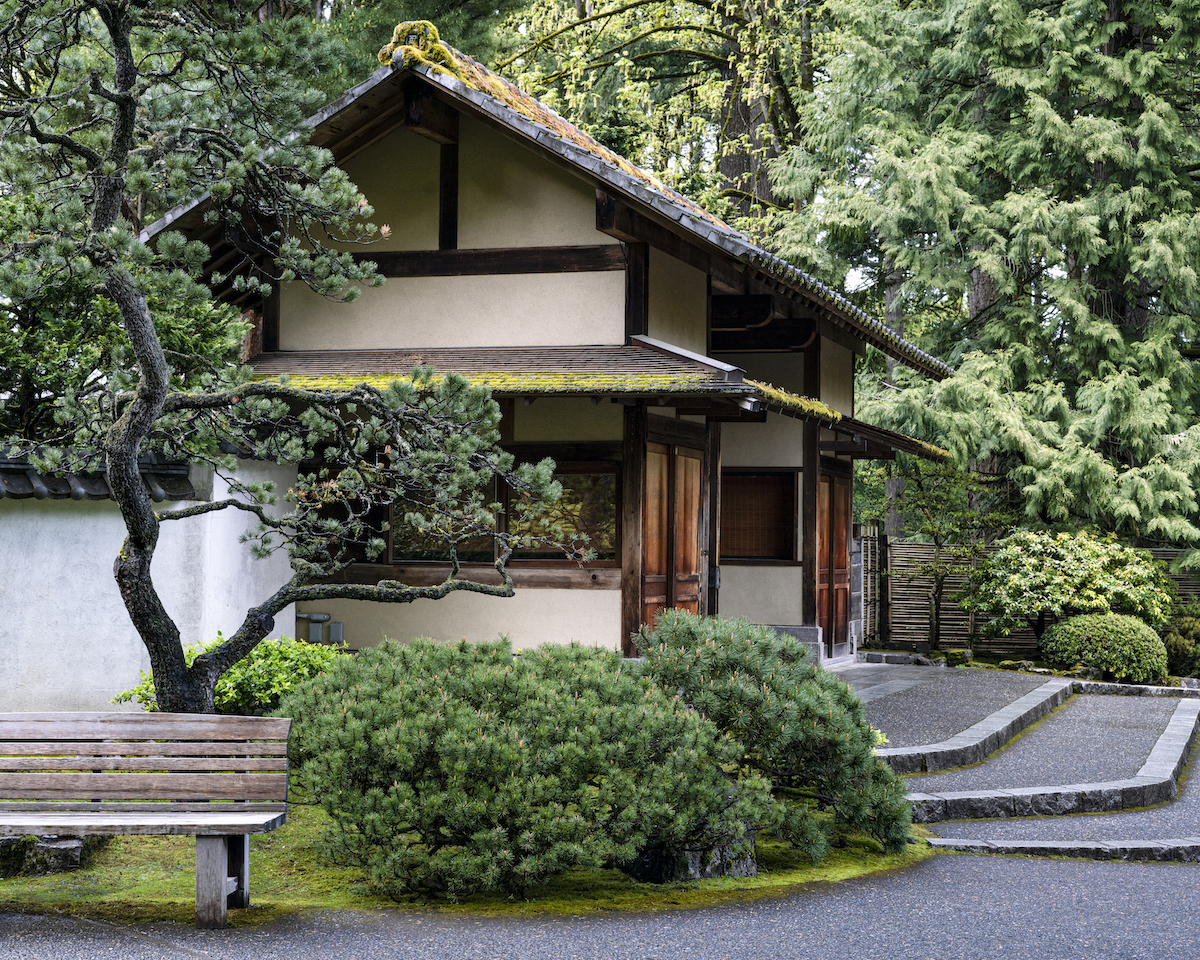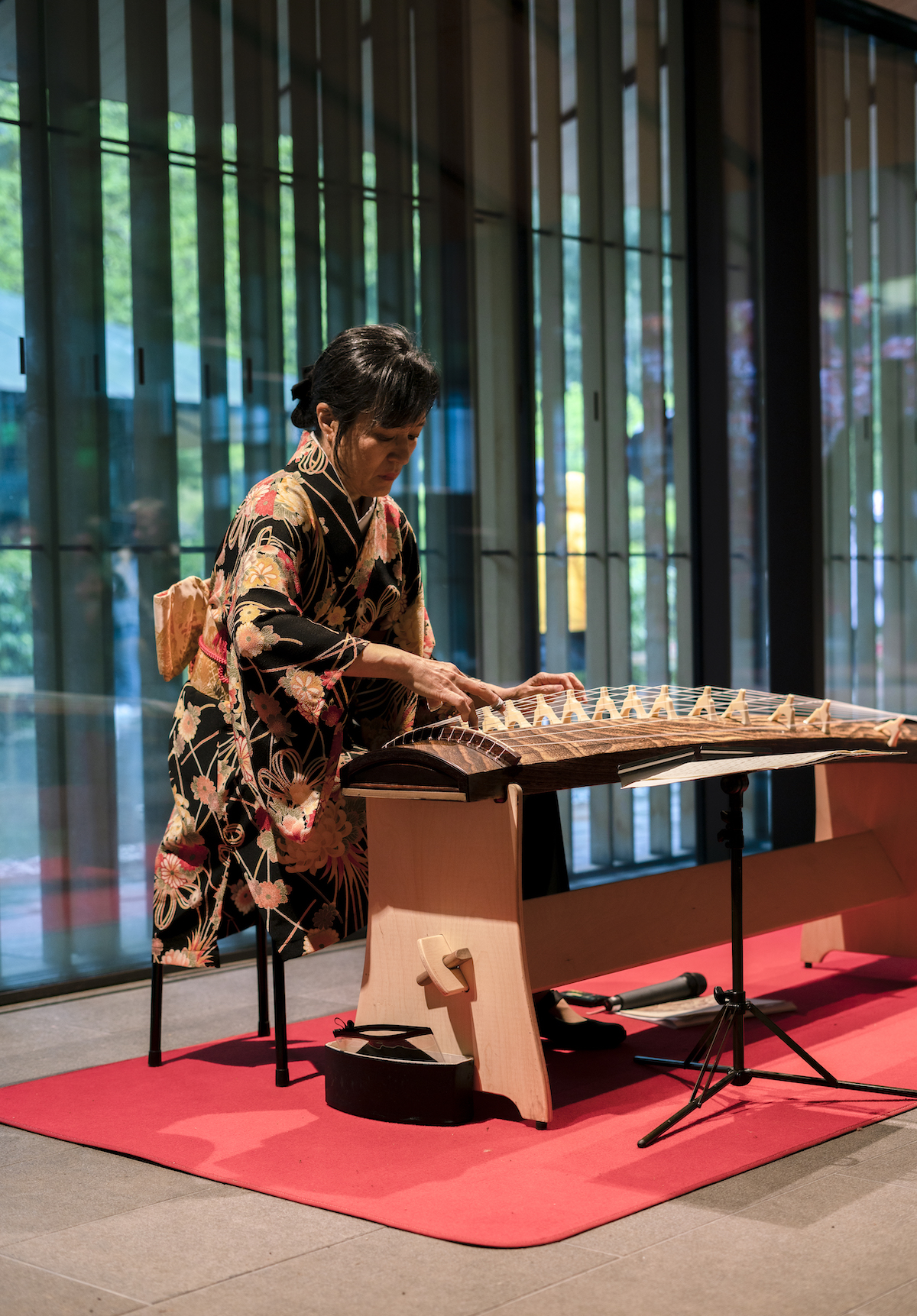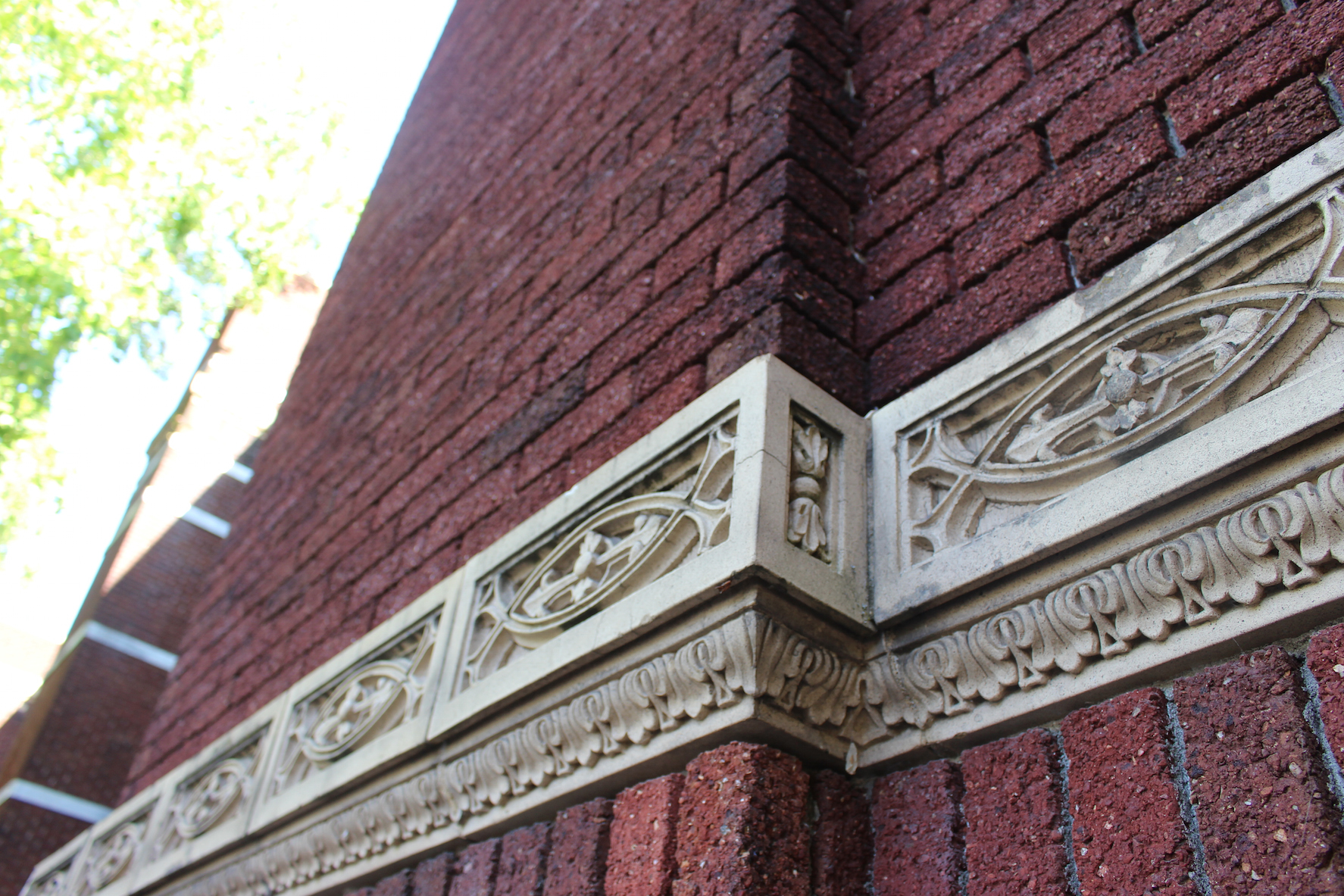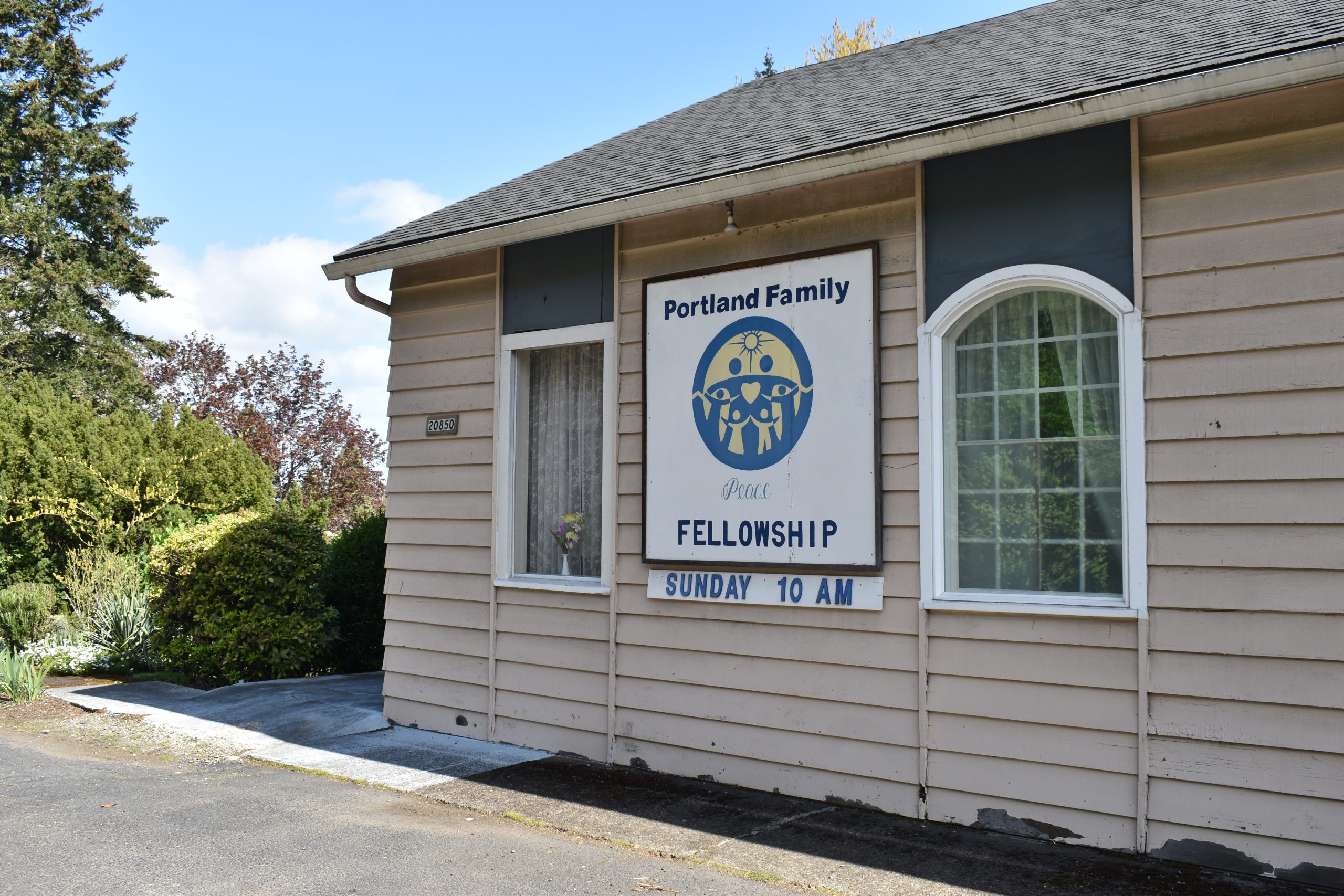Springtime in Portland means different things for different people—some might think of getting outside to enjoy the slightly better weather, while others will associate the season with an explosion of flowers and fresh greenery. For other Portland residents, warmer temperatures will bring to mind quality time with friends and family outside, or performance events outdoors.
However you choose to enjoy spring, the Portland Japanese Garden offers a little something for everyone, with social spaces, cultural demonstrations and plenty of spring blossoms and greenery.
Tucked away behind Portland International Rose Test Garden and next to Forest Park, the Japanese Garden is fortunate to have an abundance of plant life year-round. In the spring, however, the displays of carefully cultivated plants are especially vibrant.
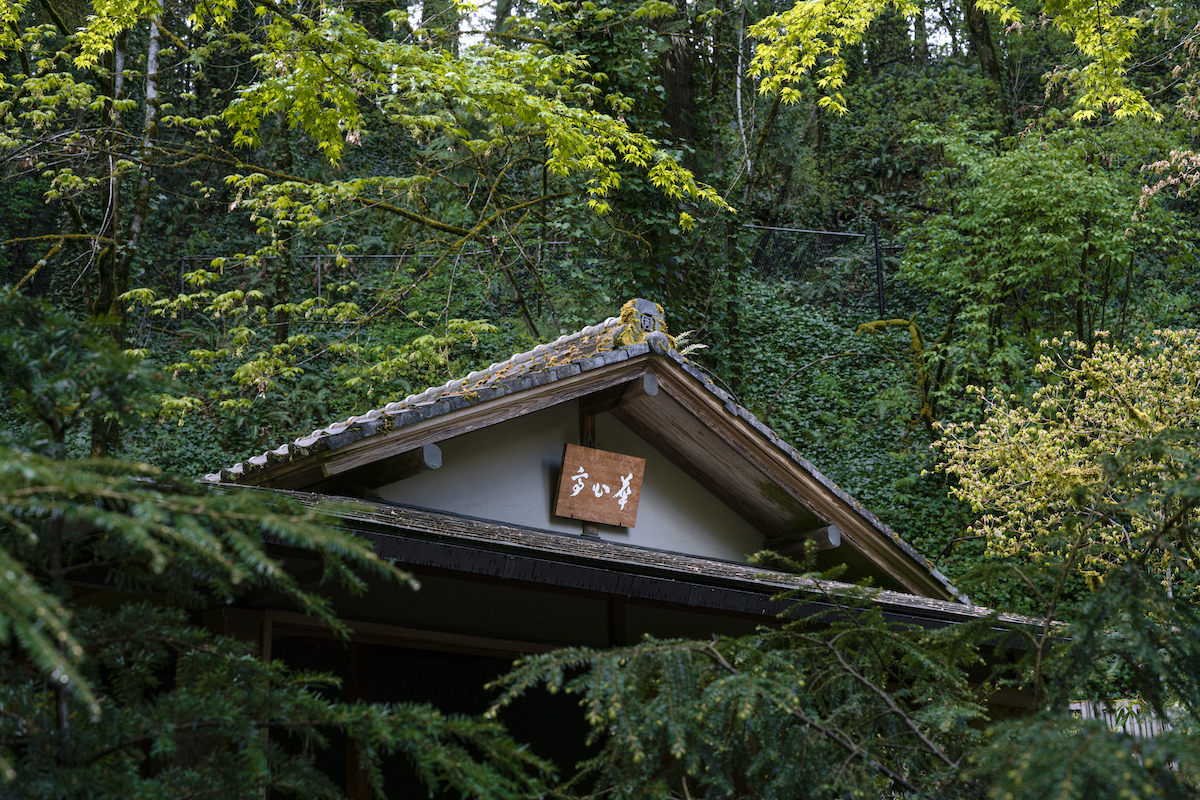
In April and March, magnolias, rhododendrons and dogwoods all begin to push out blossoms and open their flowers. As the weather gets warmer, visitors can also expect to see wisteria plants shake off their winter stupor and display their spring colors. Warmer weather also allows the garden to display potted bonsai without the risk of freezing them. Many of the bonsai species even feature blossoms of their own, which can be viewed in a display area near the garden’s cultural village.
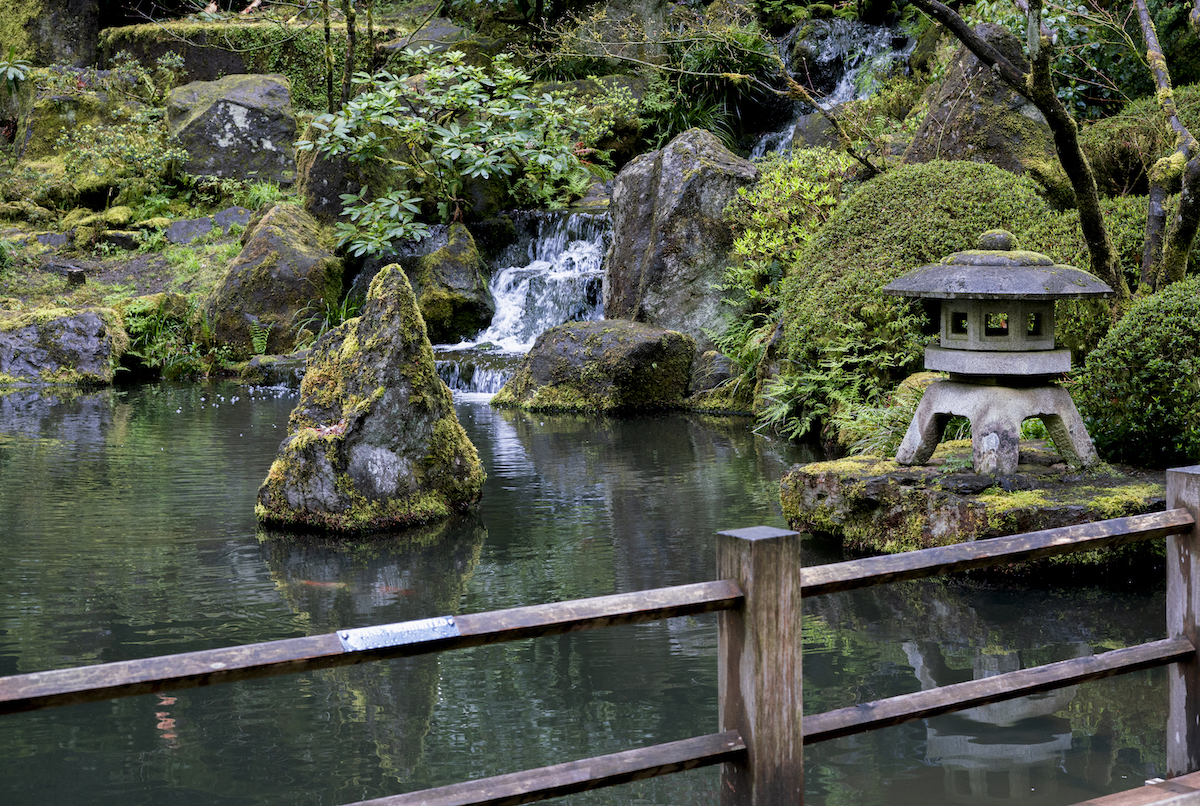
Not far from the spring bonsai displays is the Jordan Schnitzer Japanese Arts Learning Center, where visitors can find Japanese cultural events and performances almost every weekend. The Learning Center hosts a variety of events, ranging from performances of traditional Japanese instruments to tea ceremonies and flower arrangement demonstrations, all of which are included with admission to the garden.
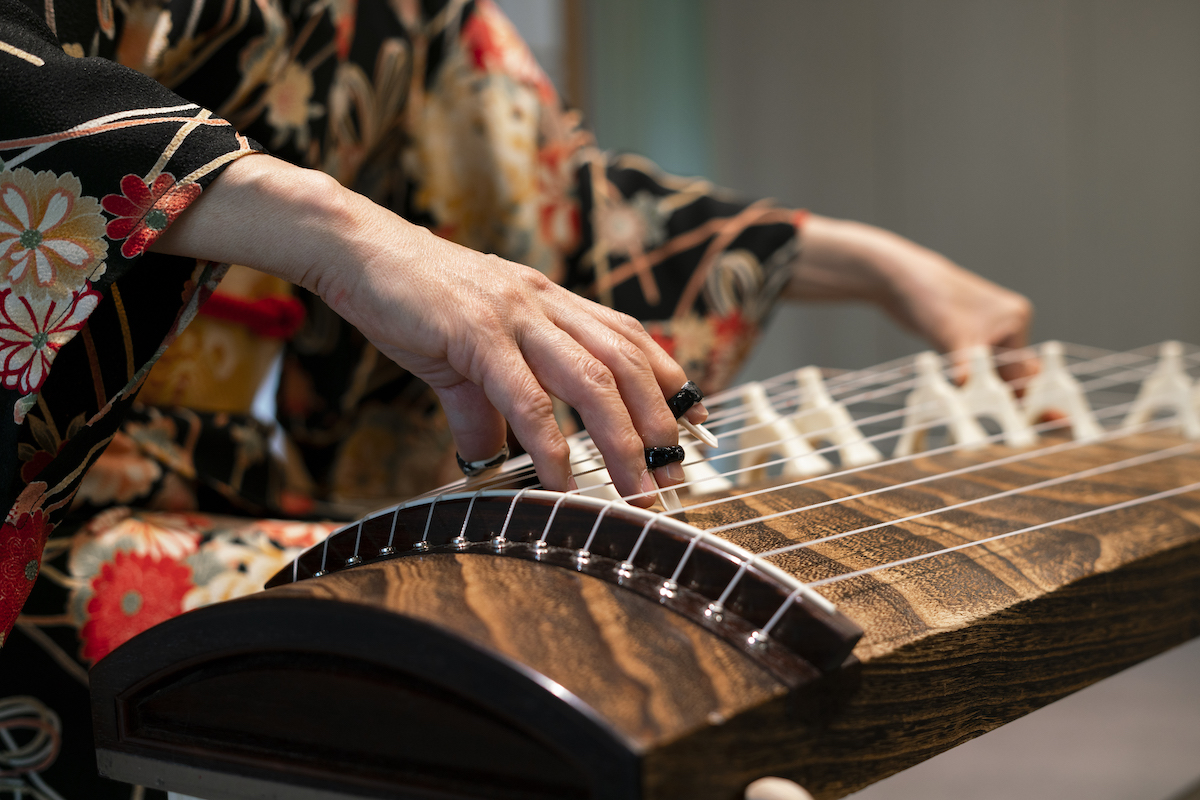
One frequently recurring event at the center are demonstrations of the koto, a traditional Japanese 13-stringed instrument. Mitsuki Dazai, who frequently performs the Garden’s koto demonstrations, said that the music serves as a unique bridge between Japanese and U.S. culture.
“It’s always sad to see people building a wall between us,” Dazai said of the gap between cultures. “But music is able to destroy [those] walls and [build] understanding.”
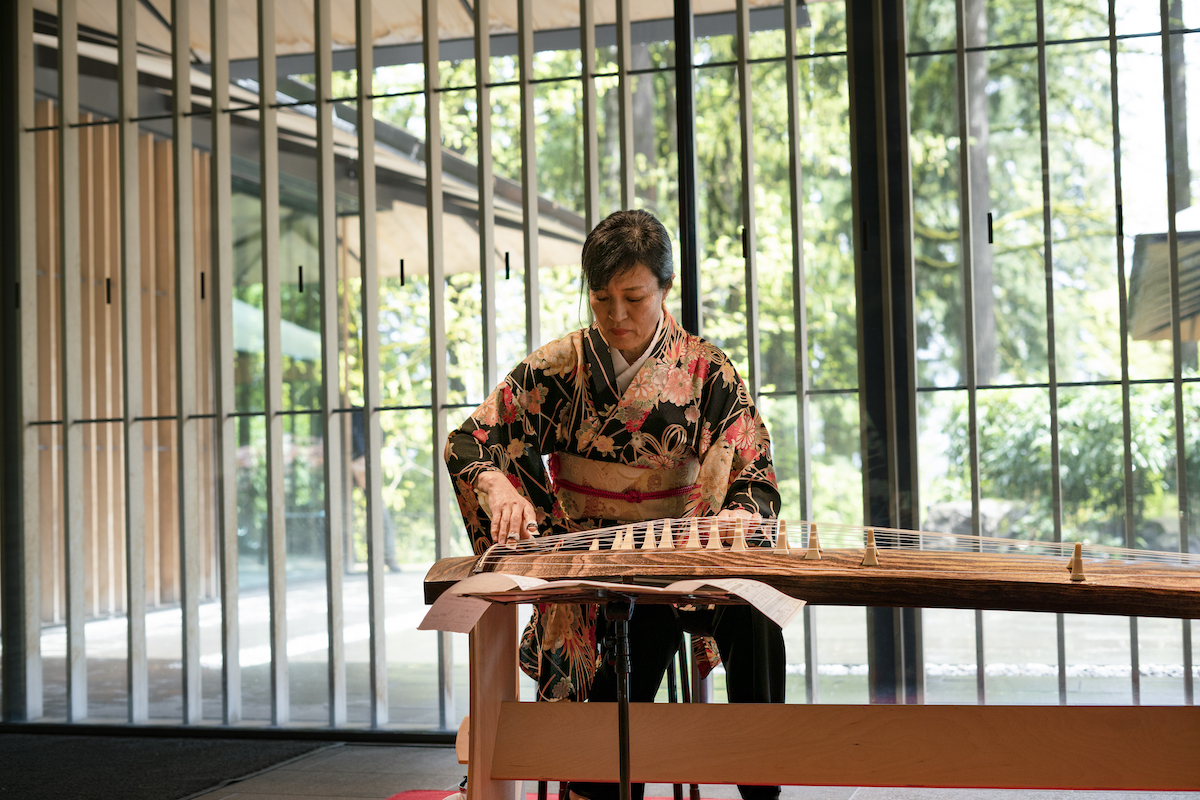
Dazai, who has been playing the koto for 40 years and performing it at the Japanese Garden for 12, said that the space is a uniquely beautiful venue to perform in.
“I started playing on special occasions, like a moon viewing,” she said. “But after the Cultural Corner was built, I play monthly…it’s an honor.”
Dazai added that she enjoys the space of the garden itself, noting the organic, natural style which stands in stark contrast to some Western gardens, which emphasize uniformity and symmetry.
For curious readers looking for a place to experience springtime in Portland, this makes the Japanese Garden a worthy stop—whether your idea of spring involves being outdoors, spending time with friends, seeing cultural events or all of the above.
